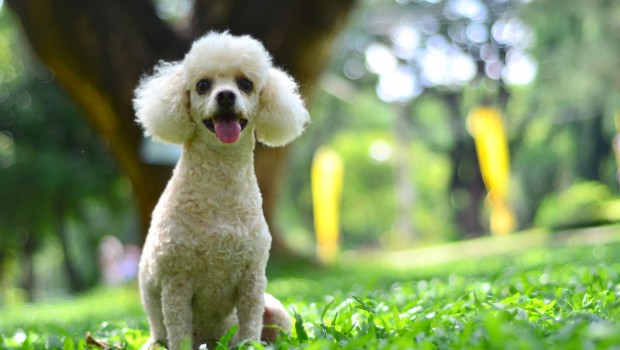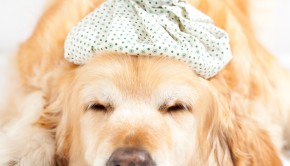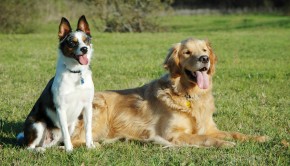Dogs And Puppies : Hip and Elbow Dysplasia
It is quite common for puppies to have genetically acquired hip dysplasia and/or elbow dysplasia. Unfortunately, these are the results of improper breeding, and with the huge amount of puppies being born each year from people that are not dog breeding professionals, you may come across a puppy with these conditions often.
Elbow and hip dysplasia are essentially the same things, except where the problem occurs, one being in the hip joint and the other being in the elbow joint. In normal dog growth, the femur head is supposed to grow into the joint socket and then be able to rotate freely around as a puppy moves. Dysplasia occurs when the femoral head grows outward and when the bone thickens, there is a gap left in the front. This gap, unfortunately, causes slight falls in motion, which induces high levels of discomfort and makes a dog’s walking and running unstable.
If your puppy has been diagnosed as having hip or elbow dysplasia, there are a few ways in which you can make his life a lot more comfortable. Below are some pointers to help guide you along:
1. For starters, look to the future and avoid passing this genetic disorder on. This can be accomplished with the simple procedure of neutering your dog.
2. Think twice before supplementing your dog’s diet with calcium. Calcium may create deposits in the bone area that are causing the problem in the first place. The best thing to do if you wish to add extra vitamins and minerals to your puppy’s diet is to talk with your veterinarian for his advice and suggestions.
3. Feeding your dog too much food in high amounts of calories may cause him to grow at a faster rate. This can cause the disorder to become highly aggravated. Simply feed your dog a balanced diet and try to avoid inducing growth spurts with too much food and protein.
4. Help cushion your dog’s walking by laying carpet in your house and in as many areas as you can. By adding a layer of softness to hard floors, the pain your dog feels will be diminished significantly.
5. Do not encourage fast pace running or jogging from your dog. Although hitting the great outdoors and taking long strides through nature can be a fun way to bond with your pet, you are only doing him a disservice when the disorder of hip dysplasia is prevalent. His joints can become inflamed and induce pain and irritability.






